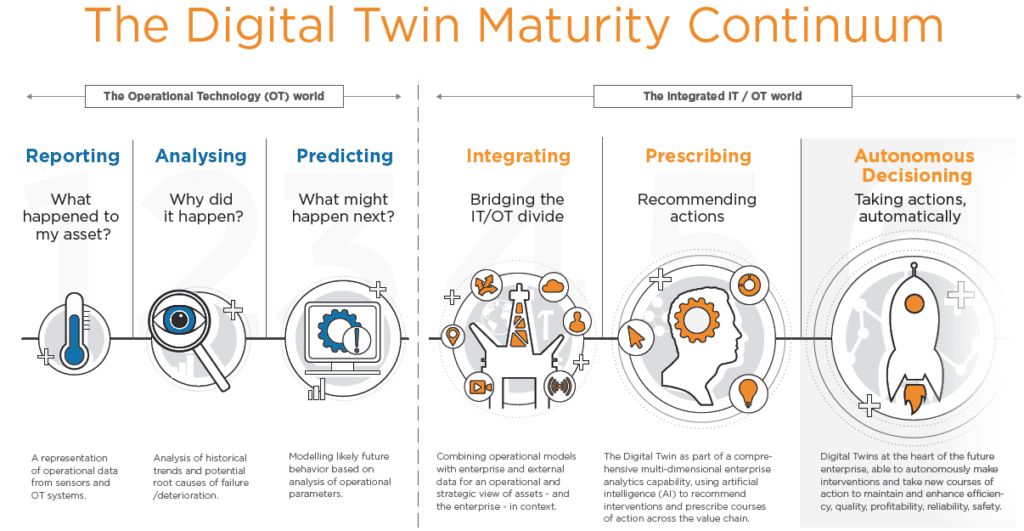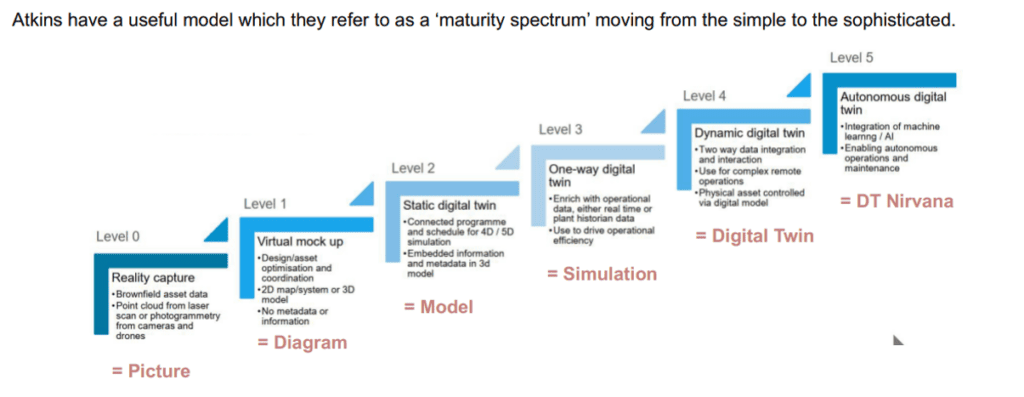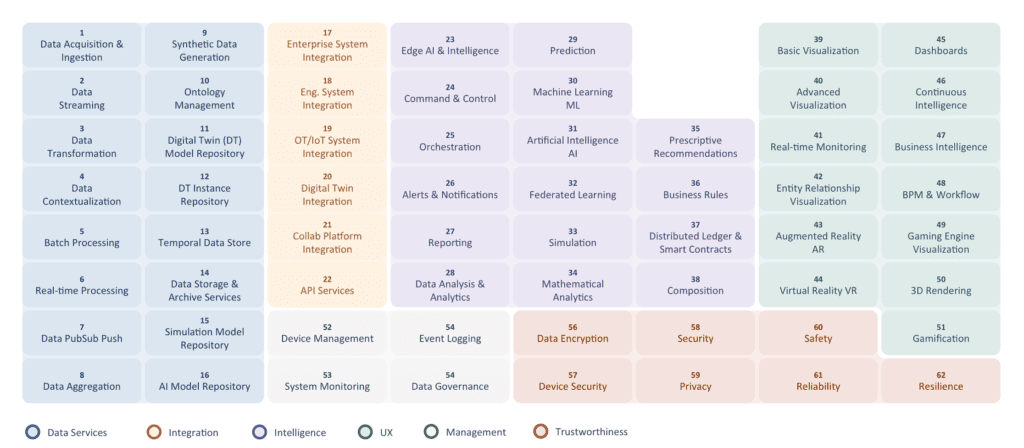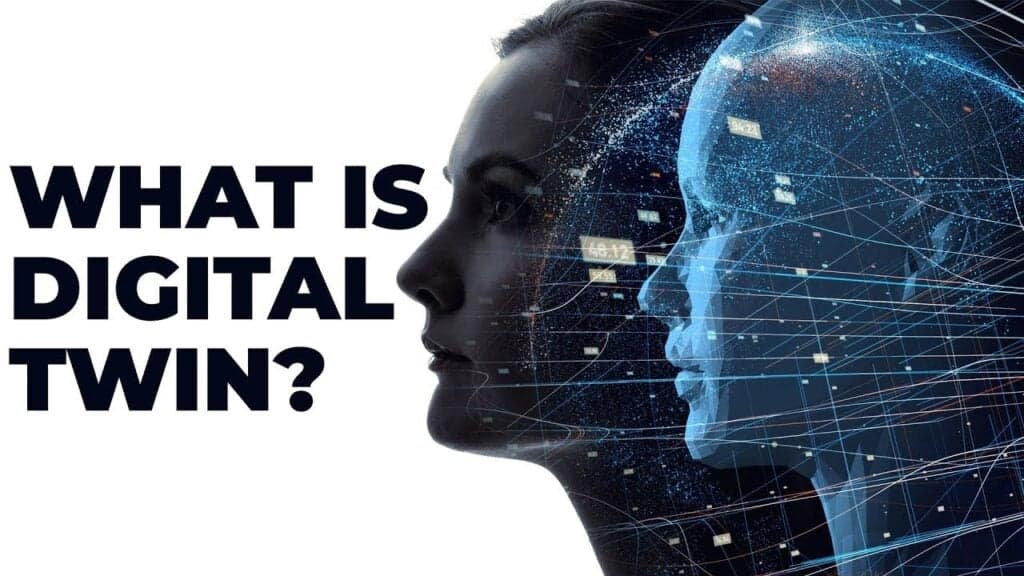Why we need to stop calling “Reality Capture” and “BIM” a “Digital Twin” on their own — by Kelly Watt.

In the realm of digital twins, precision and clarity are paramount. In this article, we delve into the intricacies of digital twins, moving beyond the common misconception that they are synonymous with reality capture and Building Information Modeling (BIM).
At first glance, it’s easy to equate “digital twin” with reality capture, such as 3D lidar, SLAM, photogrammetry, 360-imagery, subsurface, and aerial remote sensing. The logic appears sound – a “digital” representation that mirrors a real-world entity, just like a “twin.” However, this notion oversimplifies the essence of a digital twin. Reality capture primarily constitutes a static component within the broader spectrum of a digital twin. Often, it serves as a foundational element for creating the model integrated into the twin.
So how do we define a true digital twin? According to the Digital Twin Consortium, a digital twin is defined as follows:

- A digital twin is a virtual representation of real-world entities and processes, synchronized at a specified frequency and fidelity.
- Digital twin systems transform business by accelerating holistic understanding, optimal decision-making, and effective action.
- Digital twins use real-time and historical data to represent the past and present and simulate predicted futures.
- Digital twins are motivated by outcomes, tailored to use cases, powered by integration, built on data, guided by domain knowledge, and implemented in IT/OT systems.
Thinking through this definition you can break apart many components. The 3D model and reality capture are only part of the makeup of a digital twin. But complex 3D models that link to operational processes have been around for a long time, not officially coined “digital twin” until John Vickers of NASA in a 2010 Roadmap Report.
The true essence of a digital twin lies in its complexity. It interconnects with various processes and data streams in a synchronized manner. To grasp this concept fully, we need to explore its origins in the manufacturing sector, where it was first known as the “Product Twin.”
What has prompted this newfound understanding of digital twins? Beyond the insights shared by David Socha in his blog posts on digital twins (digital twins: the new big data? , digital twins 1.01, and the digital twin maturity continuum), the evolution of reality capture technology and advancements in 3D modeling play pivotal roles. These simultaneous developments are driving the transformation of digital twins.

When reading scholastic articles, you will quickly find many references to digital twin origin in manufacturing and aerospace industries where the “product twin” was first modeled, simulated, and both operations and maintenance built into the product lifecycle digital integration (LCDI). Lifecycle digital integration is the way to engineer the entire product life cycle to ensure highest possible levels of performance, reliability, and safety in operating the product. The fidelity of these models is typically very high as the accuracy is needed for simulation and physics-based modeling. It must include simulation-based engineering of the process instrumentations and control system (hardware/software).
The purpose of a digital twin is lifecycle management. The purpose of a product twin is the eventual assembly of multiple product twins into a large complex product such as a Boeing Jet or NASA space shuttle, or for the modeling of products used in a system of products like a pump in a factory.
The criticality of these product twins is essential to ensure 1) all parts perfectly fit together in assembling the final product and 2) we engineer optimal product operability and maintainability (credit to Digital Twin Consulting senior consultant Amadeus Burger).
This is where digitally enabled integration of distribution product systems (DPS) allow complex systems of parts, components, and products to be built globally, shipped, and assembled accurately like Lego. The process has the highest level of repeatability, and the key value is to modularize production for multiple further products and systems.
“The digital twin of a complex physical product is a lot more than the product physical configuration in 3D; it includes the digital definition of the product operations process, and the definition of the process of making the product. This combination makes the digital twin a dynamic environment that makes possible process simulation functionality. Product graphical visualization in 3D and 2D can be created at demand to communicate the design intent as required to support product engineering and product manufacturing efforts. A digital representation of an object is not truly a digital twin unless it incorporates feedback … the two-way connection between the physical world and the digital world. A Digital Twin needs to have a distinct purpose; with understood value to be gained from it; accompanied by a continued effort to sustain that value”. – Dr. Neculai Tutos
In industries like oil and gas, petrochemicals, and nuclear, the marriage of digital replicas with sensor data, real-time information, and historical data is indispensable for making critical decisions in complex and precise processes. Here, digital twins come alive, utilizing machine learning, AI, and synthetic data to optimize outcomes.
Below is a very helpful model for determining digital maturity on the path to digital twin. You can see Reality Capture is a Level 0 on the path to Level 5 (Atkins Model).

So, a digital twin is made up of many components, must have bi-directional feedback, has many potential applications, and must drive value to a specific business case aided by a virtual representation of real-world entities and processes, synchronized at a specified frequency and fidelity. The below framework of understanding and delivering digital twin projects on use case capabilities was recently published by Digital Twin Consortium and is very helpful when exploring data threads to build out a specific use case for digital twins.

For each of these use cases, a digital twin is a multifaceted entity that necessitates bidirectional feedback, serves numerous purposes, and adds value to specific business cases. It is achieved through the virtual representation of real-world entities and processes, synchronized with precision.
In conclusion, the term “digital twin” transcends reality capture and BIM. It embodies a holistic approach to solving real-world problems, offering a transformative impact across industries and enterprises. With Digital Twin Consulting at the helm of your digital transformation initiatives, you can trust that our strategic master planning process and implementation strategies leverage the true concept of ‘digital twins’ to drive value across your enterprise and critical business streams.
Kelly Watt, Co-founder Digital Twin Consulting

